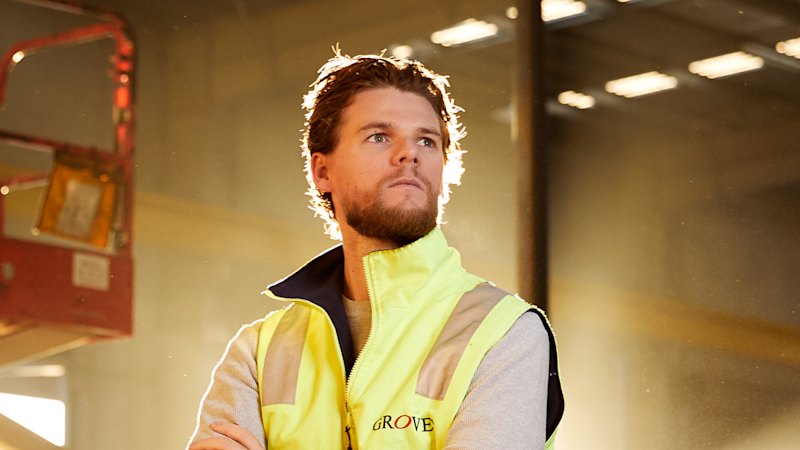
A Melbourne-based modular housing company, Grove, is shifting its production focus from government contracts to affordable residential homes as the housing crisis intensifies. The firm aims to produce up to 1,000 homes annually, according to its chief executive, Brenton Grove.
As demand for affordable housing rises, Grove plans to adopt a streamlined production model. Grove compares its approach to the assembly line philosophy of Henry Ford, emphasizing efficiency and simplicity in design. “Essentially, what we’re trying to do is to be the Henry Ford of residential construction,” Grove stated in an interview with The Australian Financial Review. “If we can get the building delivered $20,000 cheaper, we pass $20,000 back to the customer.”
The company has operated for nearly 20 years, primarily delivering modular structures for schools, hospitals, and kindergartens under government contracts. Grove confirmed that while they will continue these projects, the focus is now shifting toward modular residential housing.
Rapid Production and Market Strategy
Grove’s strategy involves leveraging its manufacturing capabilities to produce homes at scale. “We’re not wanting to build 20 or 30 or 50. We want to do a minimum of 1,000 in each state,” Grove explained. The company has the necessary intellectual property and experienced workforce in place, enabling quick mobilization. He acknowledged that the biggest hurdle currently is “market confidence.”
The company is in discussions with at least two major developers to establish a model where residents, often retirees, can purchase a prefab home situated on leased land. This model allows residents to buy a home outright while paying ground rent for the plot. Recent estimates from CBRE indicate there are approximately 40,000 land lease sites across Australia, with an additional 15,000 to 20,000 in development. This number is expected to rise as the population ages, prompting more retirees to downsize into affordable communities.
Construction costs for these homes typically range from $350,000 to $600,000 per site, with new designs priced between $700,000 and $1.2 million. Grove’s homes, however, will be priced significantly lower, with a two-bedroom, 127-square-metre model costing $298,000. These homes can be constructed in just 15 days, with the Pakenham factory capable of delivering four homes per day. An additional five days on-site are required for installation.
Commitment to Value and Volume
Grove emphasizes a commitment to affordability rather than maximizing profit margins on individual units. “We’re trying to continually pass value back to the consumer so we can grow volume,” he said. This approach mirrors the Costco model, where efficiencies gained throughout the supply chain are returned to customers.
This innovative strategy positions Grove as a significant player in addressing Australia’s housing crisis, offering a solution that balances speed, affordability, and quality. With their ambitious plans and established manufacturing capabilities, Grove aims to make a notable impact on the housing market, particularly for those seeking affordable living options.






